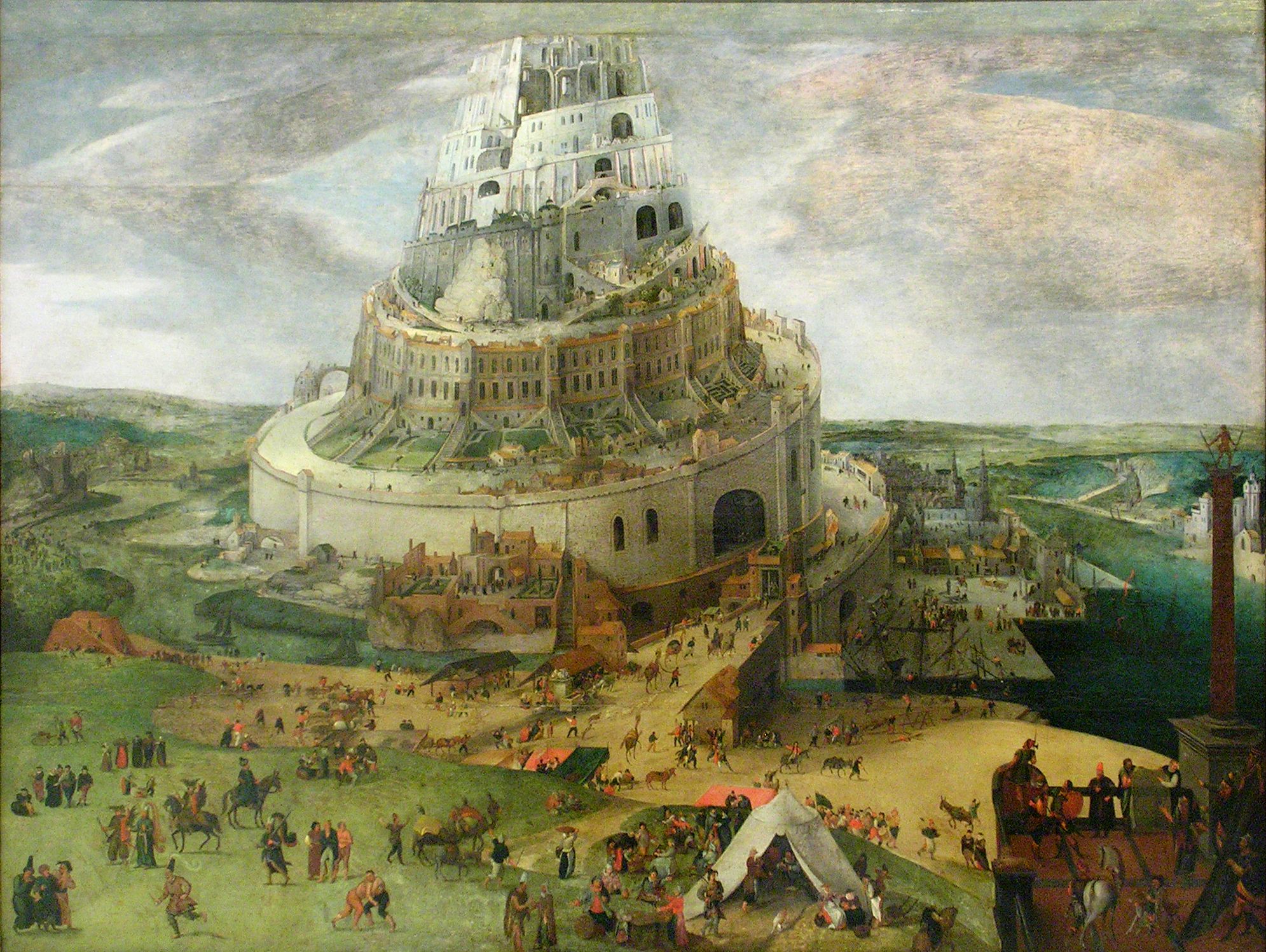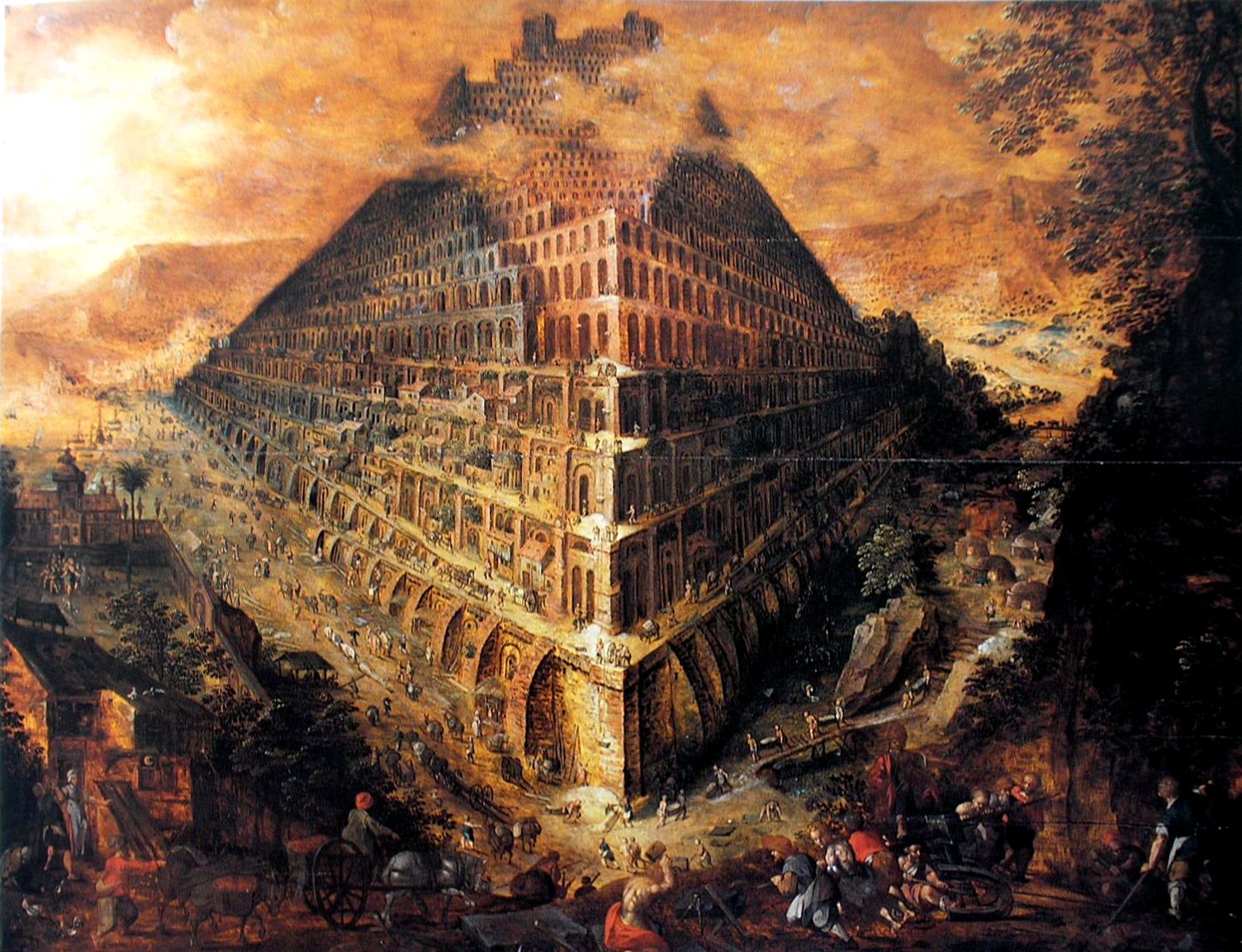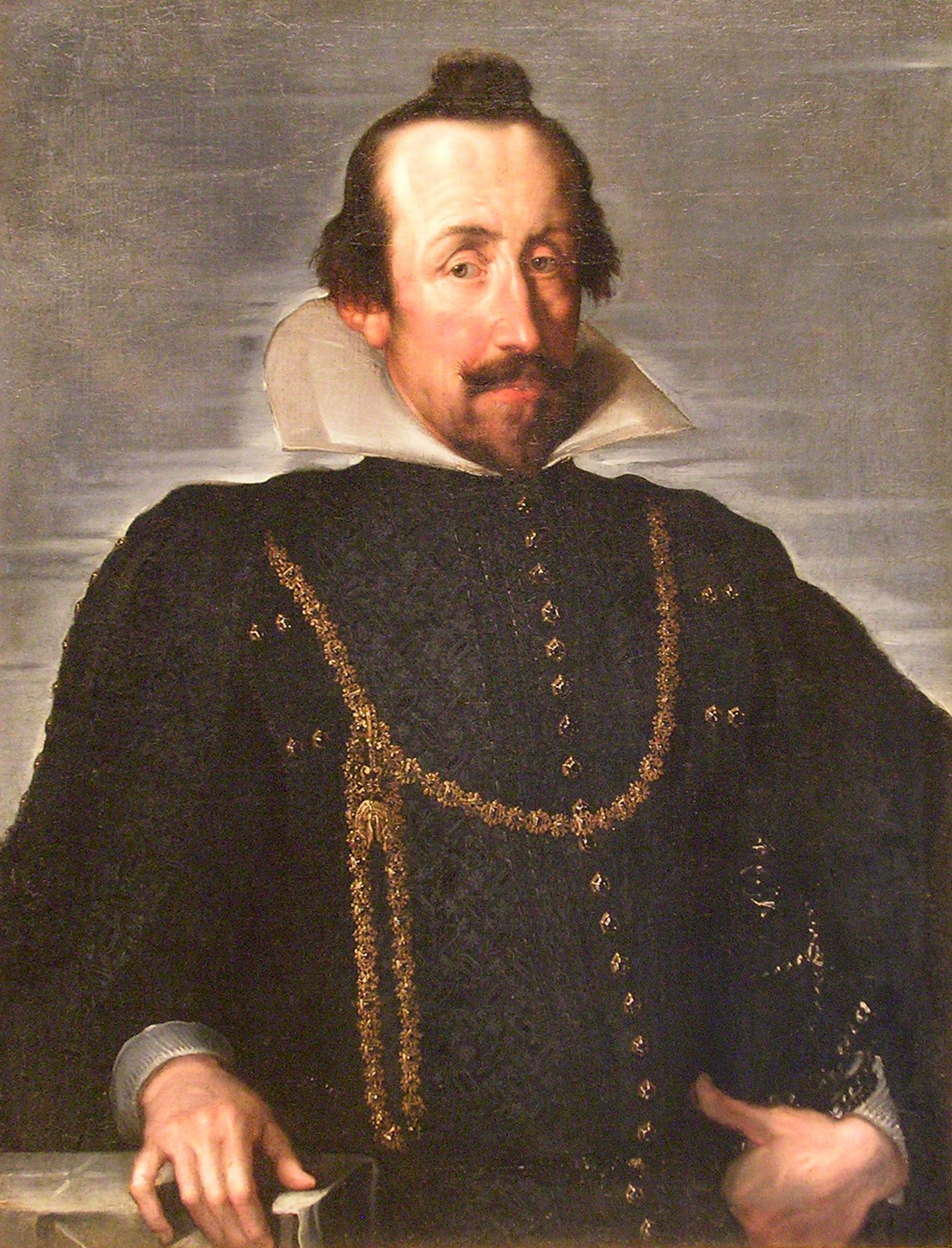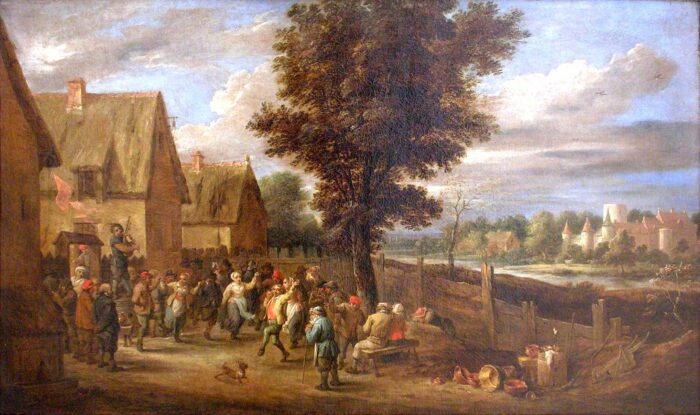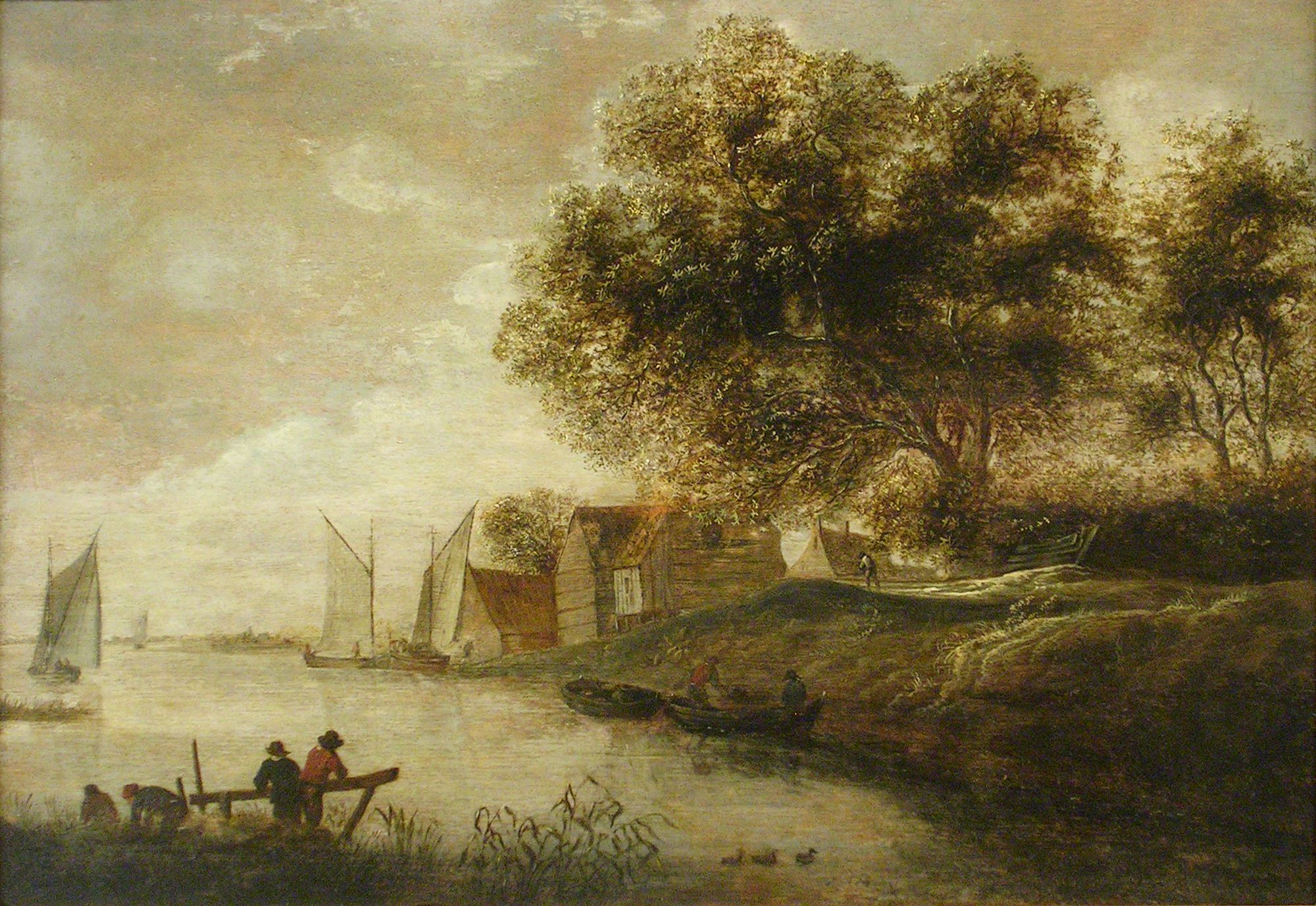This article was first published in the CODART Courant 14 (Summer 2007) and in the CODART eZine, no. 3 Summer 2013.
For the last few years, the Foundation for Cultural Inventory (SCI), and in particular its director, Lia Gorter, has been working in close collaboration with the Museo Nacional de Bellas Artes de Cuba in Havana. This collaboration involves activities related to the study, cataloguing and preservation of the museum’s collection of Dutch and Flemish paintings. Other institutions have also become involved along the way. Particularly worth highlighting is the contribution of the Stichting Restauratie Atelier Limburg (SRAL) in Maastricht.
In April 2001, specialists from this institution attended a workshop held in Havana. This workshop greatly helped improve the technical abilities of the museum’s restorers. The cooperation resulted in the restoration of a noteworthy group of works from the collection of Dutch and Flemish paintings currently on permanent display.
- Circle of Jacob Grimmer (1526-1589), Tower of Babel, Museo Nacional de Bellas Artes de Cuba
- School of Marten van Valckenborgh, The tower of Babel, Museo Nacional de Bellas Artes de Cuba
In 2002, two of our young restorers received training at the SRAL, with considerable assistance from its director, Anna van Grevenstein, and her team. The training lasted six months and provided in-depth knowledge on restoration techniques. Six paintings from our collection, four on canvas and two on panel, underwent a variety of treatments. All of the work was done under the technical supervision of the SRAL specialists. Restoration of the works was completed in Havana in 2003, according to the work schedules agreed upon in Maastricht. The treatment processes and their end results were displayed to the public in the exhibition Masterpiece rescue in early 2004. When the exhibition ended, the six pieces were included in the general overview of the permanent collection display.
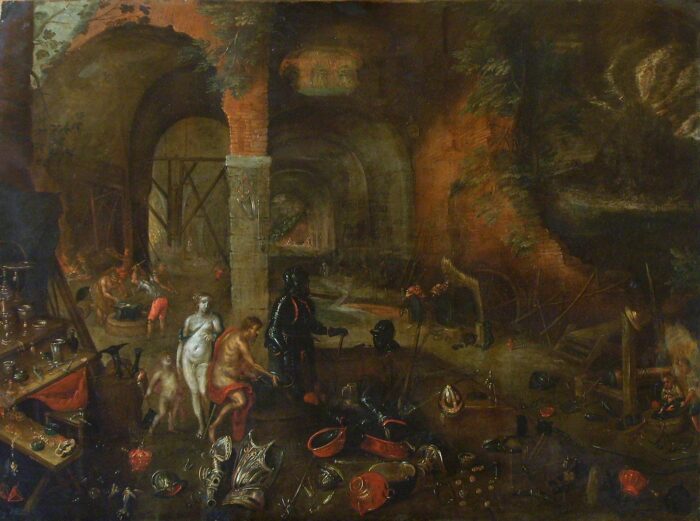
School of Jan II Brueghel, Fire (from the Four elements series) Museo Nacional de Bellas Artes de Cuba
In 2005 and 2006, we performed restoration work on the series The four elements. The series comprises four paintings of the same size (76 x 58 cm) on copper plates, thought to be 17th-century copies, and is attributed to the school of Jan Brueghel II (the Younger). This project was part of the major push towards better preservation of the Dutch and Flemish collection as a whole.
For many years, this group of works, which had begun to show signs of conservation problems, had been awaiting someone with the necessary knowledge for a proper restoration. Treatments carried out in the past had used the same techniques, materials, methods and approaches as those applied to paintings on canvas. The exchange of experiences mentioned above led one young restorer at the museum to become particularly interested in restoration techniques on pictures done on the same support. The information gathered on the subject and the minimal treatment of some of the museum’s smaller pieces facilitated her progressive learning of these techniques. The results led us to approve her plan to restore the entire series, as part of a thesis for her degree in the conservation and restoration of objects at the Higher Institute of Art in Havana. In addition to achieving the aim of recovering the series, her research now also provides an excellent reference point on the subject.
Although the artistic quality of the works in question is not top rate, they have a dual function for us. On the one hand, they serve as an introduction to the style and work of Jan Brueghel II; on the other, they are the only depictions of this type of subject matter in our collection. The restoration work has made the series more readily available for further study. The laboratory analysis of the materials and structure confirms that they date from the 17th century.
- Follower of Pieter Paul Rubens (1577-1640), The Duke Wolfgang Wilhem de Pfalz-Neuburg, Museo Nacional de Bellas Artes de Cuba
- Nicolaes Maes (1634-1693), Portrait of a lady Museo Nacional de Bellas Artes de Cuba
In addition, the elimination of successive layers of yellowing varnish, substituted by a thin protective translucent layer, now allows us to faithfully interpret the scenes. Continuing with the recovery plan for the collection, we are currently in the early research phase for a painting on panel, The tax collectors (91 x 69 cm), catalogued as an old copy after Marinus van Reymerswaele. Considered by several experts to be the earliest Flemish work in our collection, it can be dated to the first third of the 16th century. This picture, of good technical quality, introduces the moneychanger theme – so typical for Flemish painting from that period – into the collection.
Thanks to both the quality of the painting and its subject matter, the work could easily have found its place in the permanent display. However, its state of preservation has so far prevented this. Earlier restorers were extremely cautious with regards to its restoration, as they considered their experience and skills to be insufficient to undertake an intervention on old works on panel. The restoration department’s current technical training, however, has now made it possible to take on the treatment and restoration of the piece. The project will be executed in the form of a workshop, under the supervision of the specialists trained in Maastricht.
The workshop will be an opportunity for in-depth study of the production techniques used in this type of work in 16th-century Flanders and the materials and methods involved, as well as restoration techniques and methods in general. The exchange of technical opinions and a collective review of the intervention criteria will inform the workshop methodology. The search for coherent and feasible alternatives with regard to our specific working conditions is an essential goal.
Once the restoration is complete, an exhibition is planned to discuss the work process involved in both the research for cataloguing the work and the intervention on the painting itself. The treatments will be thoroughly documented and these materials will serve as support for the exhibition. The idea of the show is to foster technical discussions with colleagues from other restoration workshops in the city, and guided tours for the general public will help to spread knowledge about heritage preservation, in an effort to bring this specific aspect of the museum’s activities closer to the community. When the exhibition ends, the painting will be hung in the permanent display of the Flemish School.
The Museo Nacional de Bellas Artes de Cuba has been integrating cultural promotion and education with heritage conservation and restoration work for several years now. This has resulted in considerable attention to the collection of Dutch and Flemish paintings. The efforts made towards the development and training of the visual-arts restoration specialists have improved their individual abilities and the overall quality of the restoration and conservation department. The results are increasingly apparent, not only in the conservation of our collections, but also in the condition of the museum as a whole.
Oscar Antuña Benítez is Curator of the Dutch and Flemish collection at the Museo Nacional de Bellas Artes de Cuba, Havana, Cuba. He has been a member of CODART since 2006.

